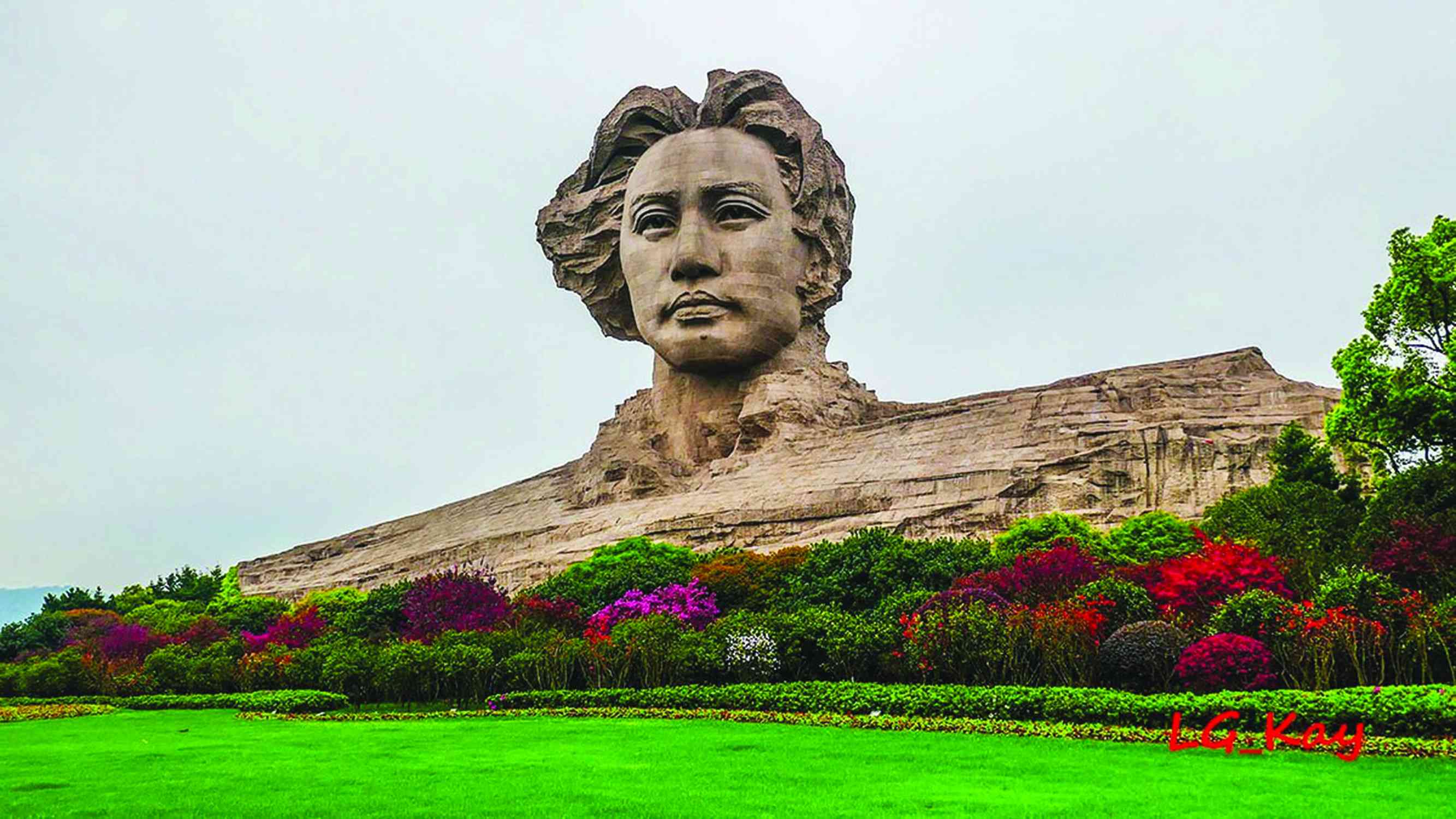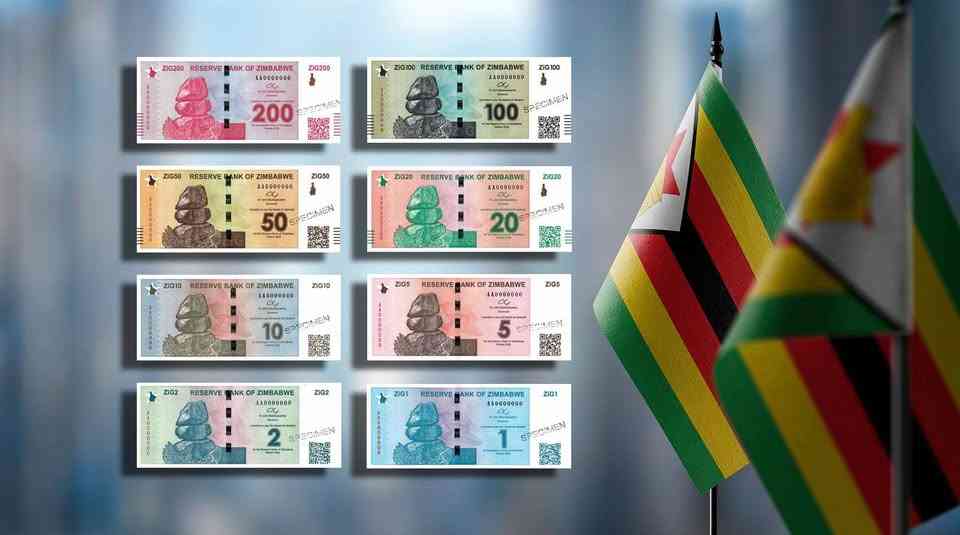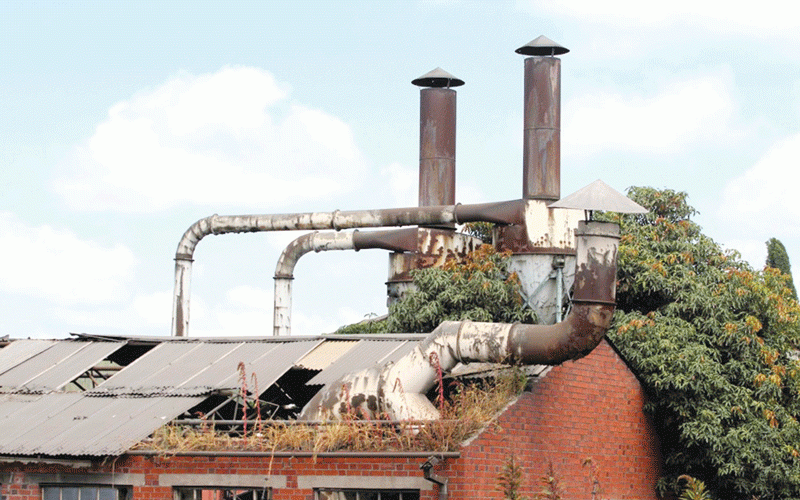
At the lush floodplains of Changsha in central China, the Xiang River stretches into a wide artery of calm swampland, silently stalking the edges of a city that has helped shape Chinese history.
At one point, it splits into twin distributaries, trudging side by side for five kilometres before merging back, westward.
Suddenly, Xiang’s breath-taking waters recoil into mind-blowing scenery, flowing under the bellies of gigantic bridges before opening up to the bombardment of relentless sunshine. This colossal size disguises Xiang’s identity as a river. It mimics a dam. But this is no exception.
Over two weeks of extraordinary expeditions — by road, air and bullet train — I realised everything in chairman Mao Zedong’s country is big: from multi-lane highways to grand interchanges and rolling estates of high-rise apartments. China’s landmarks mirror the size of its ambitions.
Yet among these mega infrastructural feats, it was a sliver of greenery — Orange Island — that left lasting impressions. A small patch of land in Changsha, it has emerged as one of China’s most treasured tourist attractions. Its draw?
An iconic colossal 32-metre basalt statue of a youthful Mao Zedong, carved into a rockface. It is famed for being the world's largest inland island within a central business district. It is dignified, forward-looking, symbolic — and wildly popular with mostly domestic tourists who land in droves at the nearby international airport.
“He is an icon, the Chinese people’s hero,” a woman from Beijing told me through an interpreter, as I began my tour.
“He did so much for us. That’s why everyone comes here to honour him,” she said.
- ‘Media transformation, content production must closely follow cutting-edge tech trends’
- Lasting impressions from Hangzhou
- Zim lithium potential reshaping Africa’s critical mineral landscape: Rushwaya
Keep Reading
By my own impression, the brilliance of China’s tourism strategy lies in its simplicity: fusing national pride with structured investment in exclusive leisure facilities.
Orange Island alone generates substantial revenue annually, proving that even the memory of a revolutionary can fund the future.
I thought of Zimbabwe’s own giant — Joshua Nkomo, whose statue towers in central Bulawayo. Equally imposing. Equally iconic. But unlike Mao Zedong, Nkomo’s site has not been exploited to help the generations he left behind through a well-thought-out domestic and cultural tourism strategy. What if we built a real domestic tourism campaign around him — one that works?
Instead, the Ministry of Tourism, whose shortcomings were exposed in the most recent industry data, seems out of its depth.
Zimbabwe’s tourism sector suffered a major blow in the first quarter of 2025, haemorrhaging nearly US$40 million in lost receipts, battered by economic headwinds and a quiet but brutal investor exodus. Official data showed tourism receipts plummeted 16% to US$202 million, from US$241 million in the same period last year — a daily loss of over US$440 000. Domestic tourism also nosedived 18% to 1,6 million visitors, down from nearly two million in the same period in 2024.
In China, the story was the reverse.
According to the Ministry of Culture and Tourism, Chinese travellers made 5,6 billion domestic trips in 2024 — a 14,8% rise from the previous year. Urban dwellers accounted for 4,4 billion trips, up 16,3%, while rural travellers made 1,3 billion trips, up 9,9%. Spending topped ¥5,75 trillion yuan (about US$790 billion), a 17,1% rise. It was not just travel — but strategic planning.
In Hangzhou, the economic muscle of Zhejiang Province — a tech hub, I luxuriated on a cruise on the iconic West Lake — one of the world’s most visited inland water attractions. The boats, inspired by ancient Chinese river craft, are part of a sleek, modern system that operates day and night. The shoreline buzzed with activity — high end coaches arriving, local guides welcoming visitors, and a network of well-maintained facilities in full operation. This is not just a lake, but a living, breathing economy.
I thought back to Lake Kariba, whose scenery is just as divine — perhaps more. But unlike West Lake, Kariba remains under-utilised, crippled by poor marketing, decaying infrastructure, and a collapsing road network. The same is true of Victoria Falls — a world wonder reduced to an underperforming attraction by poor planning and squandered potential.
At Shanghai Tower — the third tallest building on earth — the full force of domestic travel was on display. From the 118th floor, the 80-square-kilometre expanse of Shanghai stretched below, a city roughly the size of the distance between Harare and Marondera. Below us, mammoth cruise ships and cargo vessels lined the Huangpu River, which splits Shanghai in two. This was not just tourism, but business travel at scale.
Microsoft. Tencent. Citi. HSBC. Standard Chartered — all the global giants. All part of a high-speed economy powered by domestic spending and world-class infrastructure. China is working around the clock to broaden the tourism product — and this includes storytelling.
“A compelling cinematic narrative serves as an inexhaustible cultural IP for tourism destinations — the very heartbeat of a region,” said Zhang Peng, office director at Xiaoxiang Picture Group in Hunan.
“Without this cultural soul, a tourism hotspot may enjoy momentary popularity, yet ultimately risks becoming a ghost town abandoned by time and travellers alike.”
A week before flying to China, my front-page exclusive screamed:
“Tourism industry burns US$40 million in 90 days.”
Another feature inside the same edition read:
“No road! Crumbling highway derails Zim’s tourism boom.”
Both stories captured the reality: a country rich in potential, paralysed by short-sighted policy and infrastructural decay.
In China, I saw the reverse.
Tourism is serious business. Not an afterthought.
Statues are monetised. Rivers are branded. Roads lead somewhere.
Data drives decisions, and domestic travel is firing up the levers of a booming economy.
As I stood again on the edge of the Shanghai Tower, over half a kilometre above the globally acclaimed financial centre, the East China Sea in partial view and the city’s grandeur glowing below, I asked myself once more:
When will Zimbabwe take tourism seriously — not just as ribbon-cutting fanfare, but as a pathway to economic revival?
China has already answered.
No country builds tourism by waiting for foreigners.
They built theirs for their own — and the world followed.











